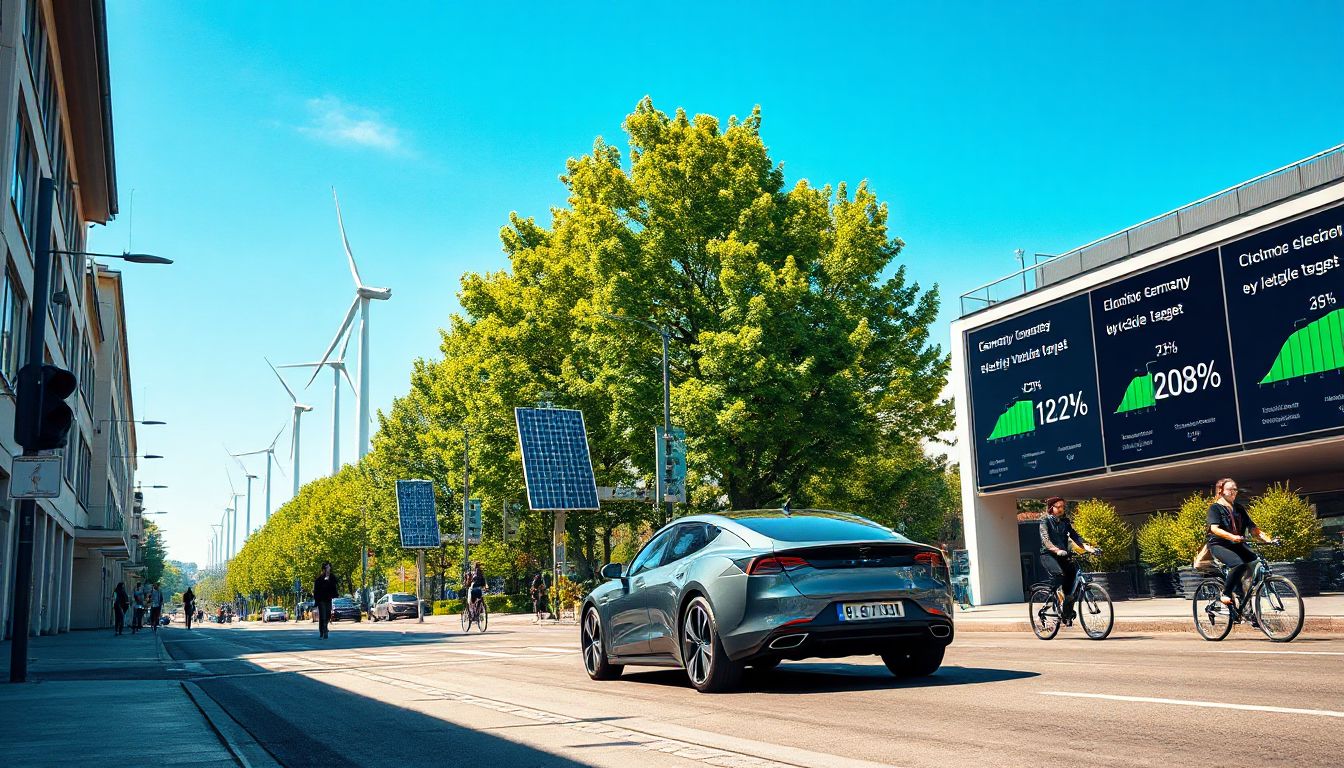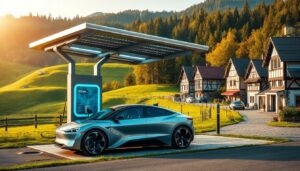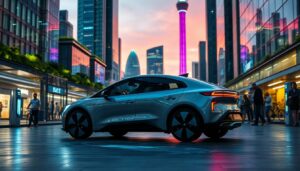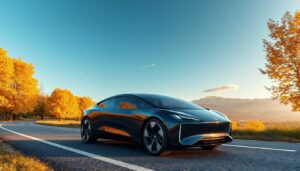Introduction
Germany is working hard to be a leader in cleaner, smarter transportation. Its goal? Reach climate neutrality by 2045. Electric vehicles (EVs) are a big part of this plan. They can cut down pollution, reduce greenhouse gases, and help create a healthier environment. Germany’s push for EVs isn’t just about protecting the planet. It’s also about keeping its powerful car industry competitive, boosting the economy, and leading the way in innovation. Worldwide, EV sales are rising fast. Germany wants to stay ahead in this trend while transforming how cars are made and driven.
Germany’s EV Target Goals and Policy Framework
Overview of Germany’s EV Adoption Targets
Germany has set clear goals for how many EVs it wants on the road. By 2025, it aims to sell at least 1 million electric cars. By 2030, the goal is to have 7 to 10 million EVs in use. That means electric vehicles should make up about 50% of new car sales by then. These targets show Germany’s commitment to becoming a zero-emission country. Compared to other European nations, Germany’s EV plans are among the most ambitious. They want a big shift to cleaner cars to help meet the European Union’s climate rules.
Government Policies and Incentives
The government plays a big role in making EVs more popular. It offers money to help cover the extra cost of buying an electric car. Tax breaks, lower registration fees, and subsidies make EVs cheaper for consumers. Investments are flowing into charging stations too, making it easier to charge anywhere. Recently, new policies aim to support used EV sales and encourage businesses to switch to electric fleets. Germany also funds research in new battery tech and EV software, aiming to stay ahead in innovation.
Legal and Regulatory Milestones
Germany and the EU are setting tough rules for car emissions. Automakers must cut pollution from their cars or face penalties. By 2030, most new cars sold should be zero-emission. This pushes car companies to produce more EVs and phase out combustion engines. Certifications and safety rules are also in place to ensure EVs and charging stations meet high standards. These regulations keep the industry focused and help build consumer trust.
Current Status of Electric Vehicle Adoption in Germany
Market Penetration and Consumer Adoption
Right now, electric cars make up about 15% of new car sales in Germany. Over 1.5 million EVs are on the roads, with more added each year. Many Germans are curious about EVs, but some hesitate because of cost or worries about charging. Still, big cities like Berlin and Munich are showing rapid growth in EV use. Public awareness and government incentives are helping more people see electric driving as easy and practical.
Infrastructure Development
Charging stations are spreading fast across Germany. There are now over 30,000 public chargers, including fast-charging hubs on major highways. People can also install home chargers, making overnight charging convenient. The government and private firms are investing heavily to fill gaps, especially in rural areas. But there are still challenges—like building enough fast chargers in small towns and villages. Efforts are underway to make charging quicker, cheaper, and more accessible.
Automotive Industry Response
German automakers like Volkswagen, BMW, and Mercedes are shifting gears toward electric cars. They’re launching new EV models and aiming to replace many internal combustion engines with electric ones. Partnerships with tech firms and battery producers are common to develop better, longer-lasting batteries. Automakers are also expanding their factories to produce more EVs, transforming traditional car plants into electric vehicle hubs. This industry shift is crucial for reaching Germany’s EV goals.
Challenges and Barriers to Achieving Germany’s EV Targets
Supply Chain and Resource Constraints
Germany depends on materials like lithium and cobalt for batteries. These raw materials are rare and mostly mined abroad. Geopolitical issues can threaten supply chains, causing delays or price hikes. Sustainable sourcing and recycling of batteries are becoming priorities to reduce environmental impact and ensure steady supply.
Technological and Infrastructure Challenges
Battery tech still needs work. Longer range and faster charging are key to winning more drivers. Building enough chargers in rural and city areas is tough, especially where space is limited. Also, the electrical grid must handle more demand as EV numbers grow. Upgrading energy networks and expanding renewable sources will be necessary for cleaner charging.
Economic and Market Challenges
EVs can cost more upfront than traditional cars. Making them cheaper will help more people buy them. Market acceptance depends on building trust that EVs are reliable and hold their value well. Competition from other mobility options, like e-scooters or shared mobility services, also impacts how many stick to traditional car ownership.
Strategies and Actions to Accelerate EV Adoption in Germany
Enhancing Policy Support and Incentives
Germany could increase subsidies or add new tax benefits. Making used EVs affordable is also important for reaching lower-income buyers. Clear policies and incentives can boost overall EV sales and help meet 2030 targets.
Infrastructure Expansion and Innovation
Investing in ultra-fast charging stations—think of filling your tank in five minutes—can attract more drivers. Using renewable energy for charging makes the process even cleaner. Smart digital tools can help drivers find the nearest charger, plan their routes, and avoid long waits.
Industry and Consumer Engagement
Raising awareness about EV benefits through campaigns and education can shift perceptions. Support for commercial EVs—like delivery vans and taxis—can get these vehicles on the road faster. Encouraging startups and local innovations in EV tech can also push Germany’s leadership in green mobility.
Conclusion
Germany’s plan to lead in electric mobility is bold and necessary for a cleaner future. Achieving these EV targets will require everyone working together—from the government to car makers, to you as a consumer. Overcoming challenges like supply issues and infrastructure gaps takes time, but the benefits are worth it. We all have a part to play in driving change and making Germany’s electric vision real. The road ahead looks promising, and it’s clear that electric vehicles will be a fundamental part of future mobility—not just in Germany, but worldwide.




